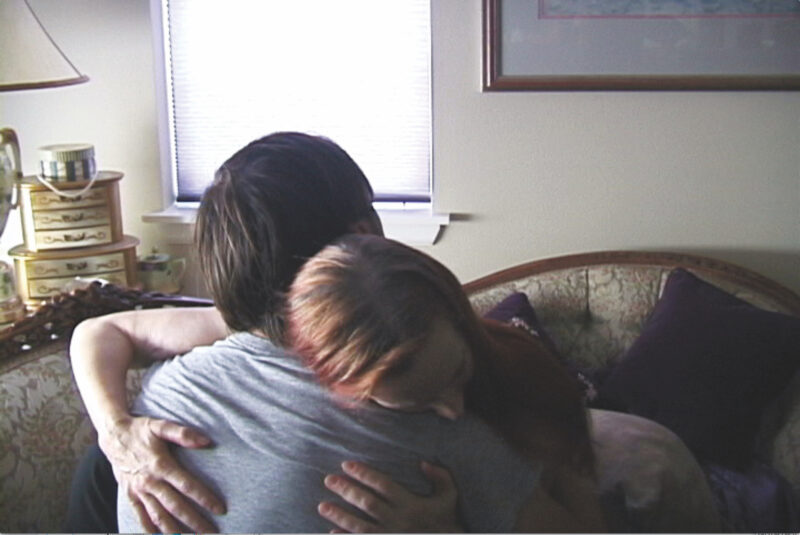I first encountered Leigh Ledare’s photographs when I was twenty-two years old. The majority of them were of Ledare’s fifty-plus-year-old mother presenting herself to Leigh in a hypersexualized fashion; in one now-well-known series of images, she splayed her bare legs for her son’s camera, smiling as he photographed her hairless labia, her black panties pulled all the way to one side. In another series, Ledare photographed his mother in the act of having sex with a younger male partner. Those and other photographs were shocking to me, but others were solemn or tender or both, and were complemented by collages and pieces of text. The resulting book, which came to be titled Pretend You’re Actually Alive, was a familiar and disturbing visual exploration of emotional projection, neediness, and familial enactment.
A few years later, I saw Ledare on the Canal Street subway platform, in New York, and almost said something to him. I forgot that he didn’t know me and we weren’t friends (it’s easy to believe otherwise when you spend a long time with someone’s work). A few years after that, I attended a lecture he gave in Oakland in which he screened his short video Shoulder, which we discuss here.
You have reached your article limit
Sign up for a digital subscription and continue reading all new issues, plus our entire archives, for just $1.50/month.
Already a subscriber? Sign in





